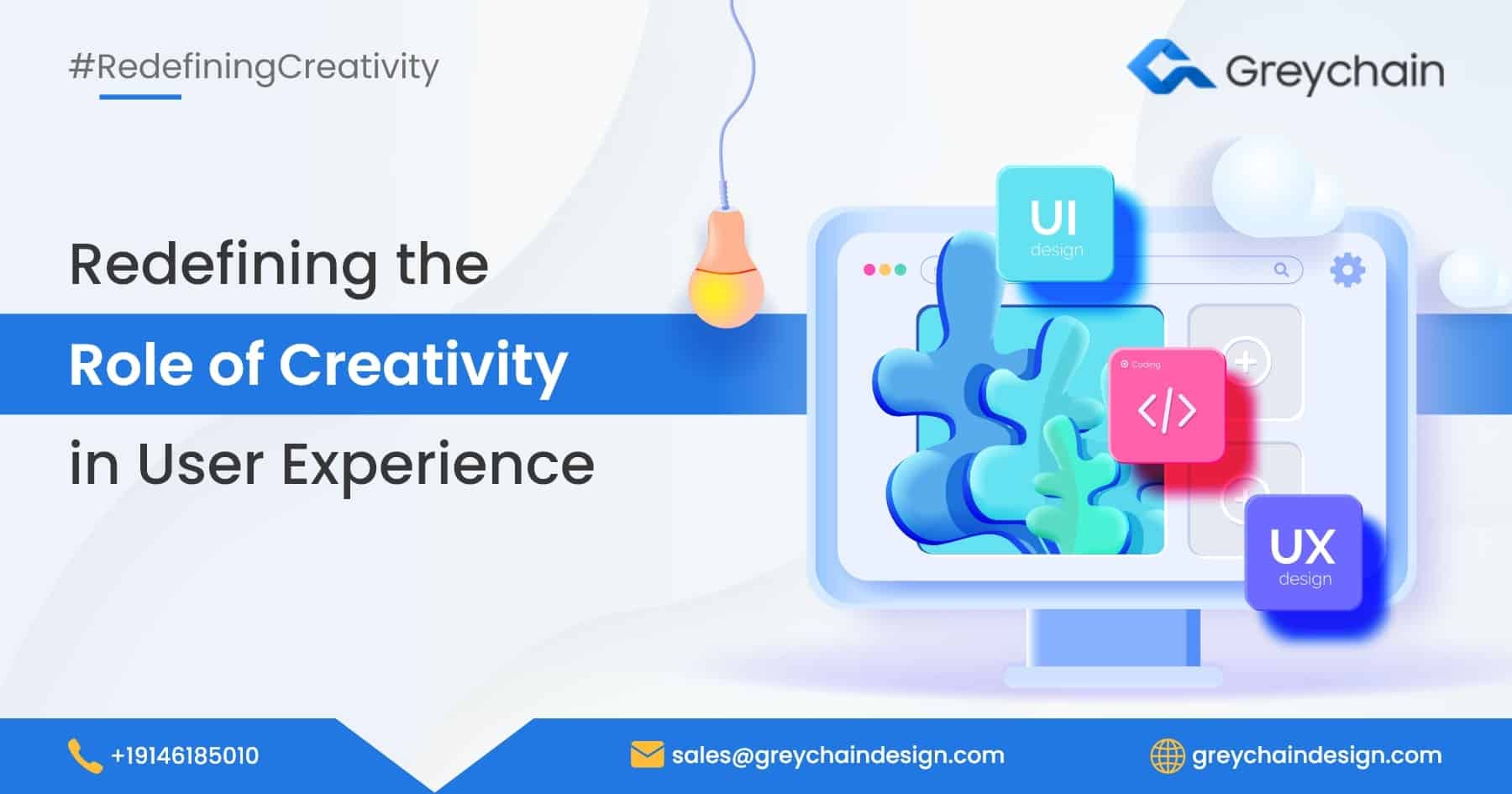In the fast-evolving landscape of UX design, the fusion of AI and machine learning technologies has ignited a revolution with far-reaching impacts across industries. Notably, the year 2023 witnessed a remarkable surge in the demand for AI design tools, evidenced by an extraordinary 1700% increase in search volume according to Google trends. AI-generated design distinguishes itself by harnessing algorithms and data to craft design solutions that are not only efficient but also driven by data and consistently impactful.
The Transformative Impact of AI-Generated Design
As AI seamlessly enters the realm of UX design, it not only streamlines processes for efficiency but also introduces a paradigm shift in creativity. By ensuring consistency through data-driven decision-making, AI’s influence in UX design is undeniable. However, this transition is not without challenges; biases and ethical considerations emerge prominently. Biased datasets, exemplified by facial recognition software, can distort design outcomes, highlighting the need for vigilant oversight.
In the realm of design software, the advent of AI design tools marks a revolutionary frontier. Fueled by artificial intelligence and machine learning, these tools empower designers in unprecedented ways. Beyond mere automation of tasks, they provide intelligent design suggestions and analyze user data for highly personalized and efficient design outcomes, setting a new standard for creativity and productivity.
This transformative wave extends its reach into various industries. In Web Design, AI’s prowess is evident as it automates layout suggestions based on user behavior data, optimizing interfaces for a uniquely tailored user experience. In Marketing, AI becomes a strategic ally, augmenting strategies through personalized content tailored to individual preferences, reshaping the landscape of targeted and effective campaigns. The Gaming Industry witnesses AI-driven procedural generation, creating one-of-a-kind game elements that elevate user engagement and enjoyment. Simultaneously, in Architecture, AI assists designers by rapidly generating design variations, expediting the design phase, and introducing a spectrum of innovative ideas. The impact is not merely incremental but transformative, as AI-generated design revolutionizes creativity, personalization, and efficiency across diverse sectors.
The Collaborative Future
The future of design is intricately woven with the harmonious collaboration between AI and human designers, heralding a new era where efficiency, data-driven insights, and human creativity converge seamlessly. This collaborative synergy, prioritizing user needs and preferences, epitomizes the evolving landscape. Looking ahead, emerging trends foresee more sophisticated AI systems actively involving human designers, underlining a commitment to ethical and unbiased design outcomes. AI-generated design isn’t merely a technological leap; it signifies a paradigm shift, reshaping the very essence of creativity in design.

 Get in Touch
Get in Touch
